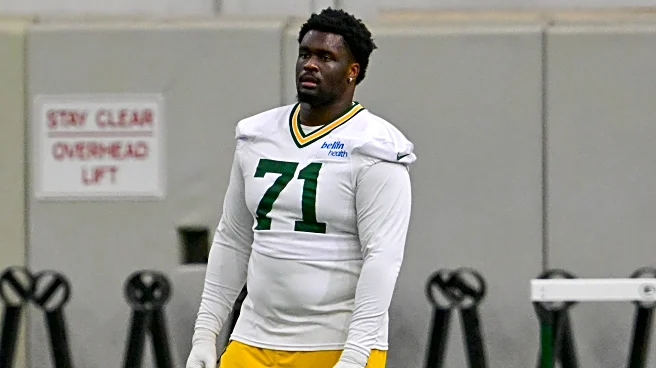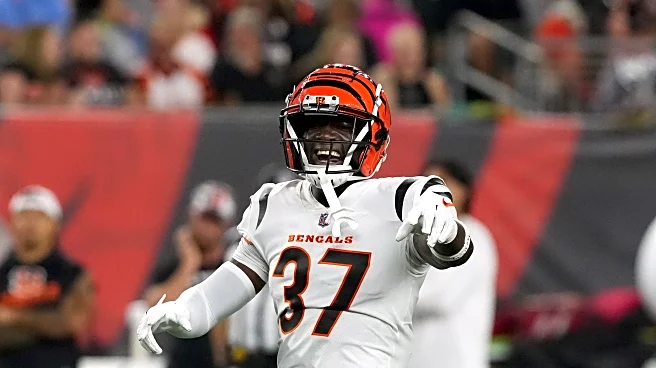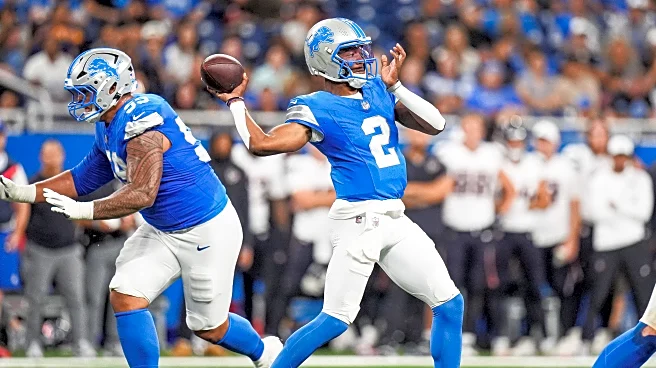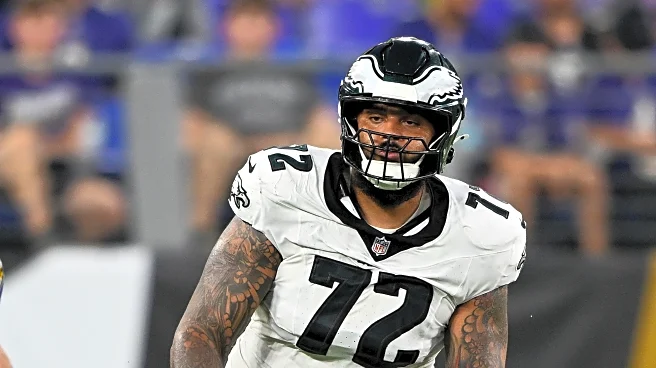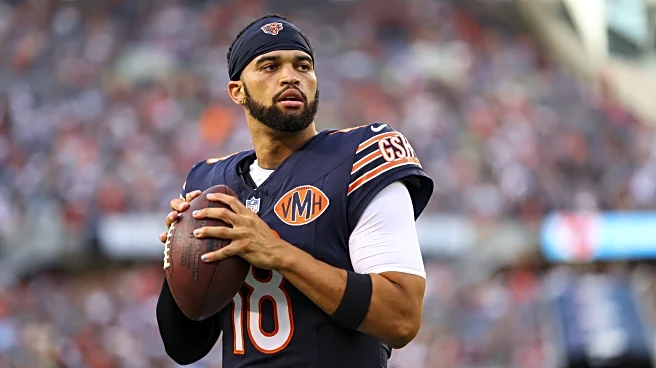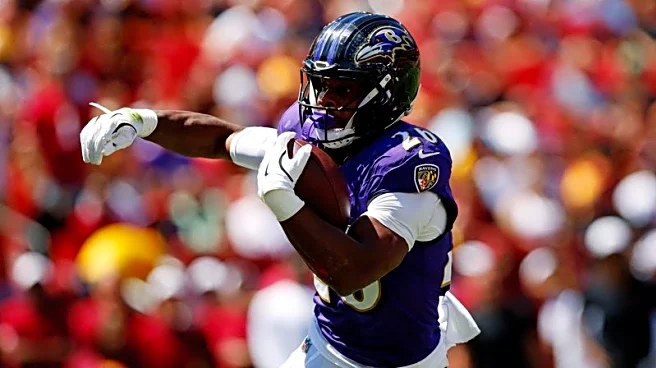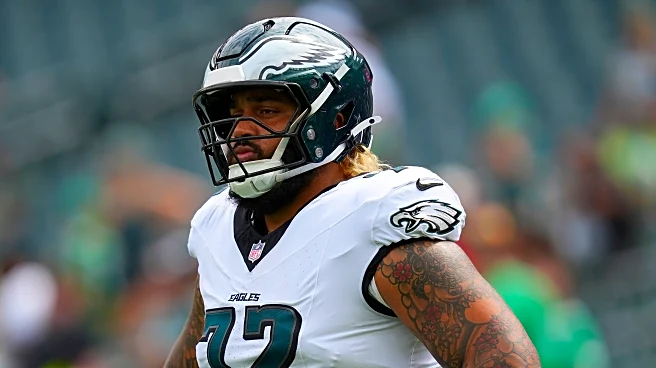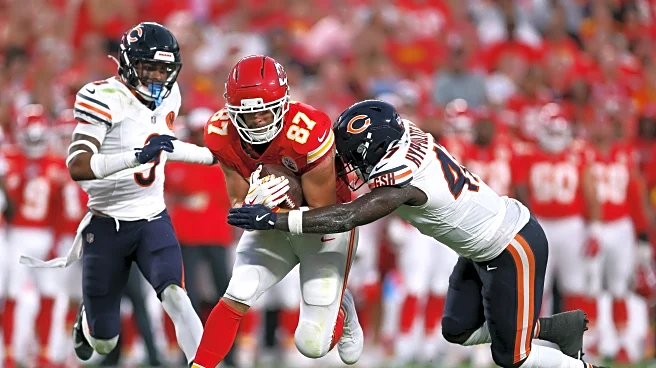
The Packers love to run the ball. Love it. Last season, the Packers ran the ball 526 times for 2,496 yards, which was the fifth-most in the NFL on both counts. If you make some adjustments for neutral situations (after all, teams with a lead will run more than teams who fall behind), they move up into the top 3 depending on how you want to slice it.
And the Packers were pretty good at running the ball, averaging 4.7 yards per attempt, which tied for sixth with the Lions, Colts, and 49ers. But while
they were pretty good, they weren’t great, and sometimes the raw yards per attempt number lies to you just a little bit; after all, a 7-yard run on 3rd and 10 isn’t as valuable as a 2-yard run on 4th and 1. The Packers and Lions ran the ball almost exactly the same amount last season (534 for the Lions, 526 for the Pack) for almost the same number of yards (2,488 for the Lions, 2,496 for the Packers), but the Lions were FAR more efficient in their run game. Part of this is due to Detroit’s 29 rushing touchdowns versus just 23 for Green Bay, but part of it is also based on better situational running from Detroit.
For most teams, the run game is a necessary evil that exists to keep defenses from focusing too much on stopping the pass. By Expected Points Added (EPA), a stat that tracks whether an individual play made scoring more or less likely and by how much, only six teams last season possessed running attacks that actually made their teams more likely to score. Of those six, four of them employ high-value running quarterbacks (Philadelphia, Baltimore, Buffalo, and Washington). Only the Lions and Bucs produced a net-positive running attack without a running quarterback. The Packers, meanwhile, finished 9th in rushing EPA, with -.030 per play. (The Raiders were last with an incredible -.283 EPA per rush.)
There is another, similar metric called success rate that essentially tracks whether the previous play made it more or less likely that the team would pick up a first down. The Falcons led the league in rushing success rate last year with 47.3% of rushes moving the Falcons towards a first down. The Packers finished 11th at 41.9%, while the Lions finished 4th at 44.8%. And so, while the Packers are limited by their lack of a running quarterback, there is room for improvement here, and if they can turn their negative EPA into a positive, they will get a lot of bang for their buck, especially given their volume.
So, how best to go about this? Josh Jacobs was amazing last year, gaining 1,329 yards and scoring 15 touchdowns, but he was likely even better than you think based on what he did relative to what his offensive line gave him. Only two running backs (Tyler Allgeier and Chuba Hubbard) had a higher percentage of carries where they gained more yards than expected, and he ranked 10th overall in Rushing Yards over Expected per Attempt. These two stats, courtesy of the NFL’s Next Gen Stats, attempt to separate running back production from offensive line production, and they seem to indicate that Jacobs (and Emanuel Wilson) were not the issue. This was a line issue, and specifically a beef issue.
Enter the beef.
- Darian Kinnard – 322 pounds, 8.20 RAS Weight Score
- Anthony Belton – 336, 9.38
- Aaron Banks – 325, 8.69
Green Bay just acquired Kinnard from the Eagles for a late-round draft pick to shore things up further. Belton was an usually large second round pick in this year’s draft. And Green Bay brought in the hefty Banks at the start of free agency to kick things off. The Packers’ beef movement may actually have started back with Sean Rhyan (321, 8.05), but it’s safe to say that team has been transitioning from a (generally very good) technically sound, agile line, to a power-based push line, especially on the interior. While they are still relatively light at tackle (especially the excellent Zach Tom), the team should now be capable of generating much more push inside, and Josh Jacobs should get further downfield before he takes his first hit. At least that’s the theory.
Everything in football is about tradeoffs, and while the running game may benefit from the new heft upfront, there’s no guarantee that the pass blocking will remain as solid as it has been. That said, the interior is where many of the pass-blocking breakdowns occurred in 2024, and so maybe the Packers score the double whammy of improved pass- and run-blocking.
If they do, and if they can push their rushing EPA positive, the already efficient offense is likely to see another gear. A positive-EPA rushing attack drastically decreases low-percentage third and long situations, and perhaps more importantly, makes it far easier to convert on 3rd and 4th and short, where failure is the equivalent of a turnover.
Investing in the run game is often a fool’s errand, but the Packers rely so heavily on success in the run game and on the mismatches that the run game creates in passing situations that this could pay serious dividends. Big-play backs like Saquon Barkley and Derrick Henry have elevated their offenses above and beyond what either has been in the recent past and reframed the value of elite running backs. Jacobs is similarly elite, and now that there is a power-running catalyst in front of him, the Packers can start to reap some of the benefits.
